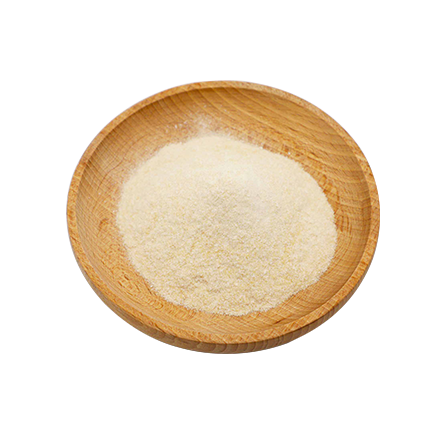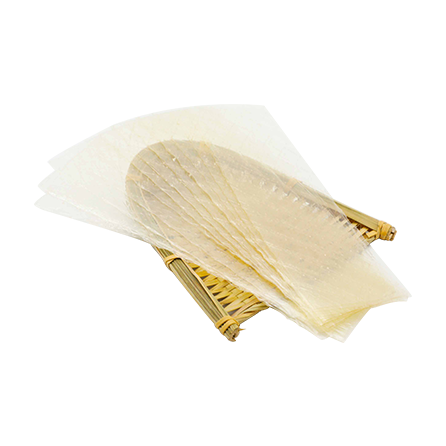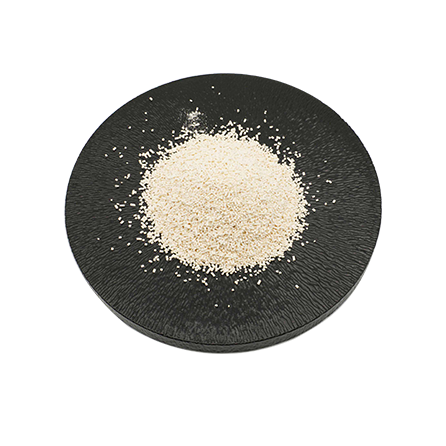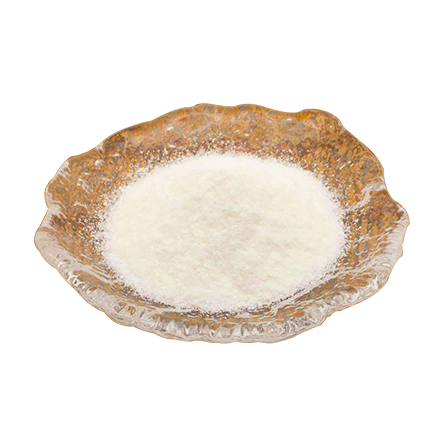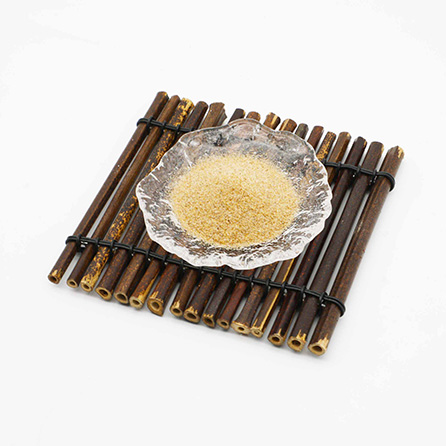
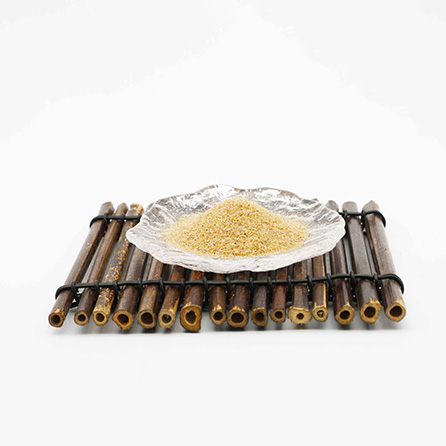
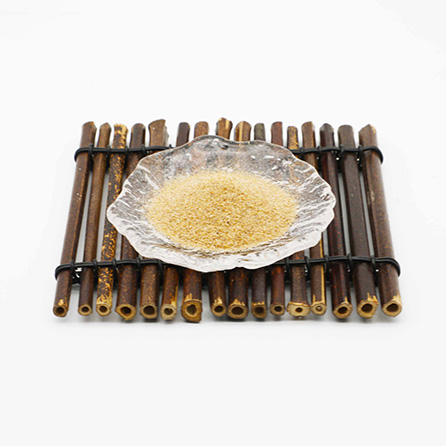



Konjac Flour
Product Description:
Konjac flour is mainly made of konjac as the main raw material, which is very rich in starch, protein, cellulose, potassium ions and other ingredients. Konjac has a long history as a food raw material, but there are few types of products in our country. There are only konjac, konjac flour and konjac rot products. In recent years, with the improvement of food processing technology and people’s continuous in-depth research and understanding of the special properties and functions of konjac, konjac is the main product at home and abroad. The processed products of raw materials or auxiliary raw materials continue to appear, and the use of konjac in food is also more and more extensive.
Product description
Konjac has a long history as a food raw material, but there are few types of products in our country, only konjac, konjac flour and konjac rot products. In recent years, with the improvement of food processing technology and people's concern for With the continuous in-depth research and understanding of the special properties and functions of konjac, processed foods with konjac as the main raw material or auxiliary raw materials continue to appear at home and abroad, and the use of konjac in food is also more and more extensive, such as as a thickener , emulsifier, quality improver, auxiliary filling articles for suspending agent.
Product properties
The active ingredient of konjac is glucomannan (Konjac Glucomannan referred to as KGM). Glucomannan is a non-ionic water-soluble polymer polysaccharide. It is composed of D-glucose and D-mannose in a molecular ratio of 1:1.6, which is polymerized by β-(1-4) glycosidic bonds. There are branches consisting of β-(1-3) glycosidic bonds at the C-3 position of some sugar residues, one branch every 3280 sugar residues on the main chain, and each branch has several to Dozens of sugar residues, about every 19 sugar residues have an acetyl group bound by an ester bond. The molecular weight of konjac glucomannan is 200000-2000000. The viscosity of commercial products produced in industry can reach 20000mpa•S (milliPascal seconds), which is the highest viscosity among the vegetable water-soluble edible gums found so far.
Applications
Konjac, also known as taro, flower stem lotus, snake head boy, arborvitae, etc., commonly known as gray cabbage, is a perennial herb of the genus Amorphophallus konjac. It contains glucosamine (KGM), protein, starch, crude fiber, various amino acids and other substances. It is a traditional food and medical resource in my country. Due to its unique physical and chemical properties, konjac has been widely used in medicine, widely used in medicine, petroleum, chemical industry, geology, automobile, printing and dyeing, building materials, agriculture, environmental protection, aerospace and aviation and many other fields.


